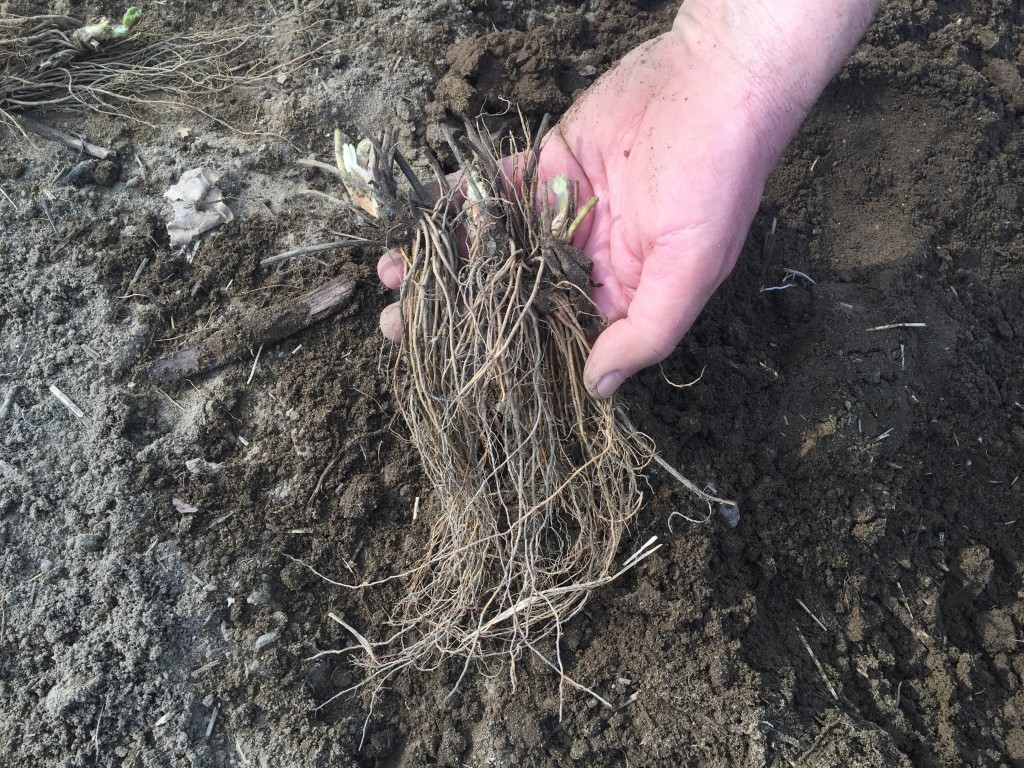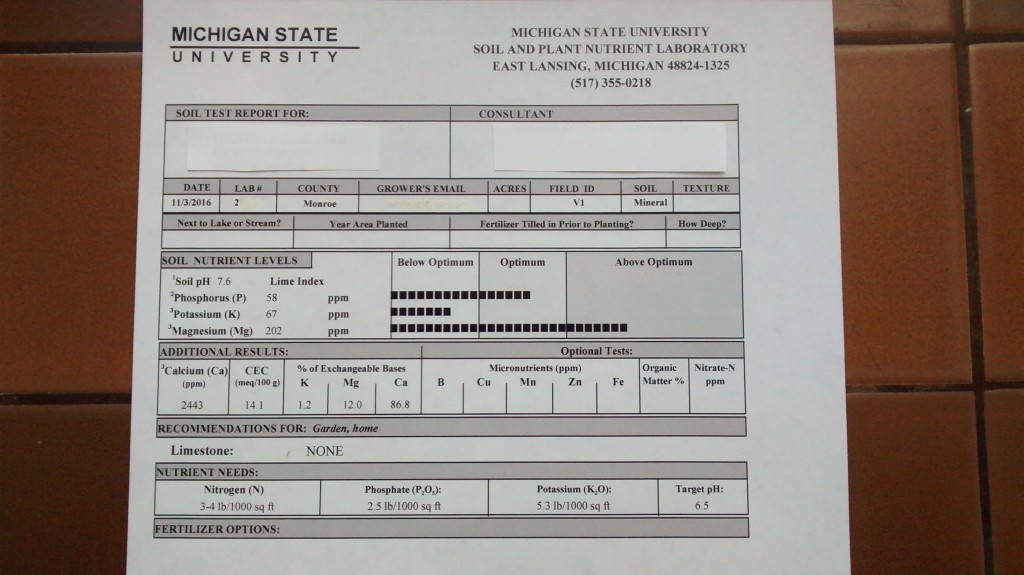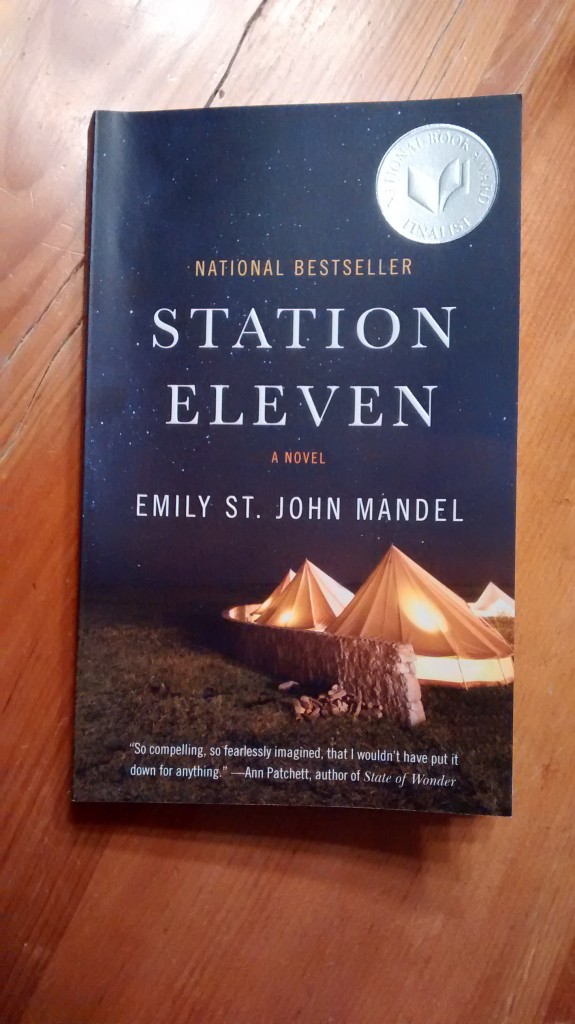Our strawberry plants were delivered this past weekend, I got them into the ground as soon as I could. After a long ride through the postal system, they were glad to be tucked into our new strawberry bed.
Beginning gardeners may not know that nearly all strawberries are grown from not from seed but from transplants. Strawberry plants reproduce naturally by sending out runners that form plantlets called “daughter plants” that quickly take root. Those new daughter plants themselves will send out more shoots and produce even more daughter plants. Eventually you end up with a dense mat of strawberry plants.
Strawberries should be planted in a well-prepared bed, ideally one that was cleared and tilled at least a year in advance. That will eliminate perennial weeds that will choke out your strawberries before they have a chance to get established. It also will greatly reduce the number of root damaging insects like grubs and wire worms. My new bed is in an area that has been part of the vegetable garden for several years now. I’ve also let the chickens run in this area during the off season. They’ve really kept that spot clean.
In a perfect world, we would plant the strawberries about 18 – 24 inches apart with the rows about two to three feet apart. My row spacing was a bit closer than that because I had more plants than I had room.
You can think of the plants as having three basic parts: the leaves; the crown, which is the center, bulky part; and the roots. The leaves grow from the top of the crow while the roots grow from the bottom. It’s very important to plant at the proper depth. The soil should just cover the roots without burying the crown. That is how a new daughter plant grows naturally. On the other hand, no roots should be sticking up above the soil line exposed to the air. It’s a matter of about a half an inch between too deep and not deep enough. Make sure there is plenty of room in the planting hole so that the roots are straight down and not curled up at the bottom.

At first glance strawberry plants look like all roots. The crown and leaves are less visible at this stage.
Once your newly planted strawberries establish themselves, they will begin to produce runners and daughter plants. You can shuffle the daughter plants around to a more organized configuration to help maintain rows. That will make it easier to weed and pick later on. Or just let them take root wherever they want.
Pluck the flowers off as they appear, that will keep the plants from wasting its energy producing fruit instead of stronger daughter plants. All those new daughter plants will produce your strawberry crop next year. So the stronger they are, the better your harvest will be.
Keep your bed free from weeds and well watered throughout the growing season. Later, at the end of the season they will need to be mulched. We’ll discuss mulching when the time comes.
Bob

